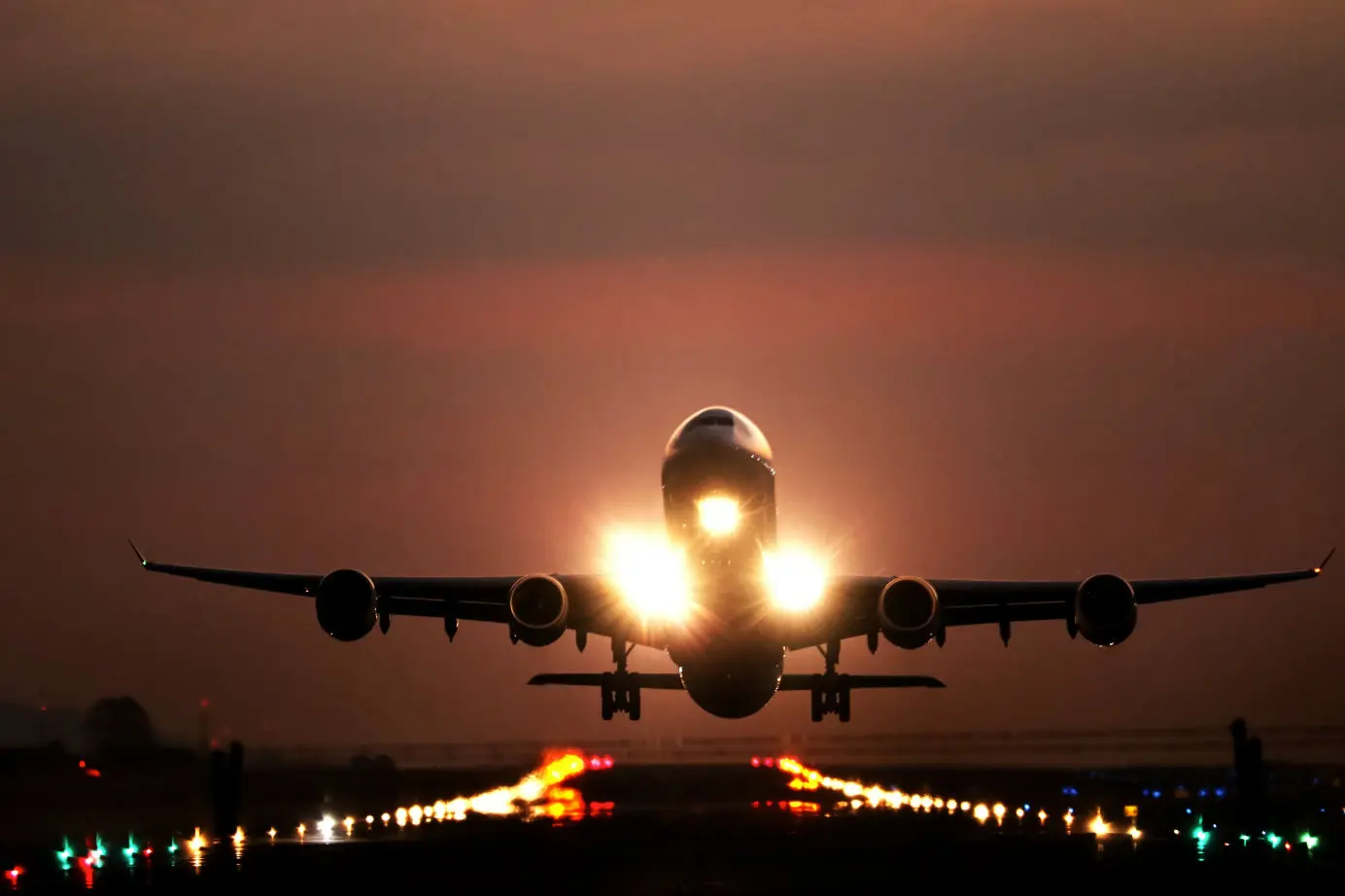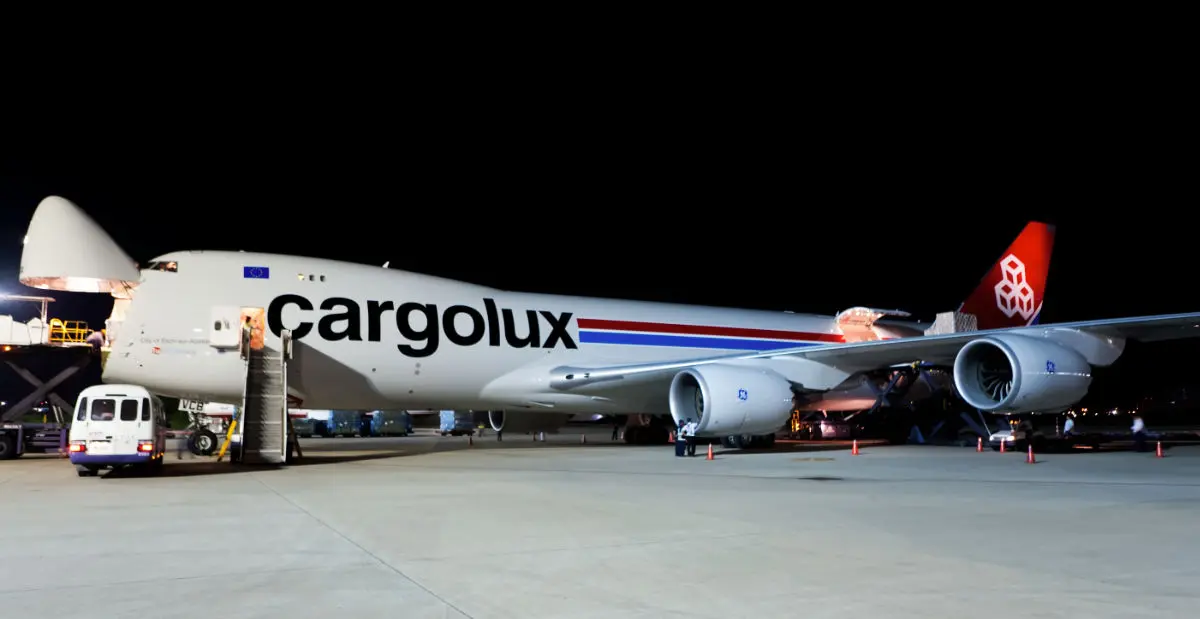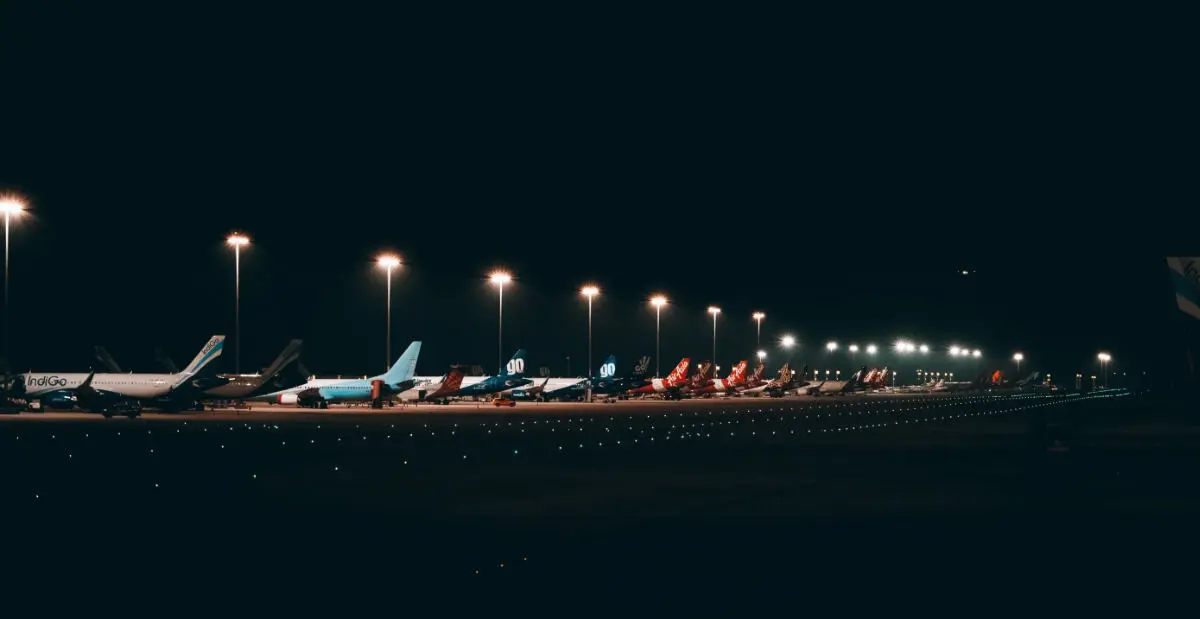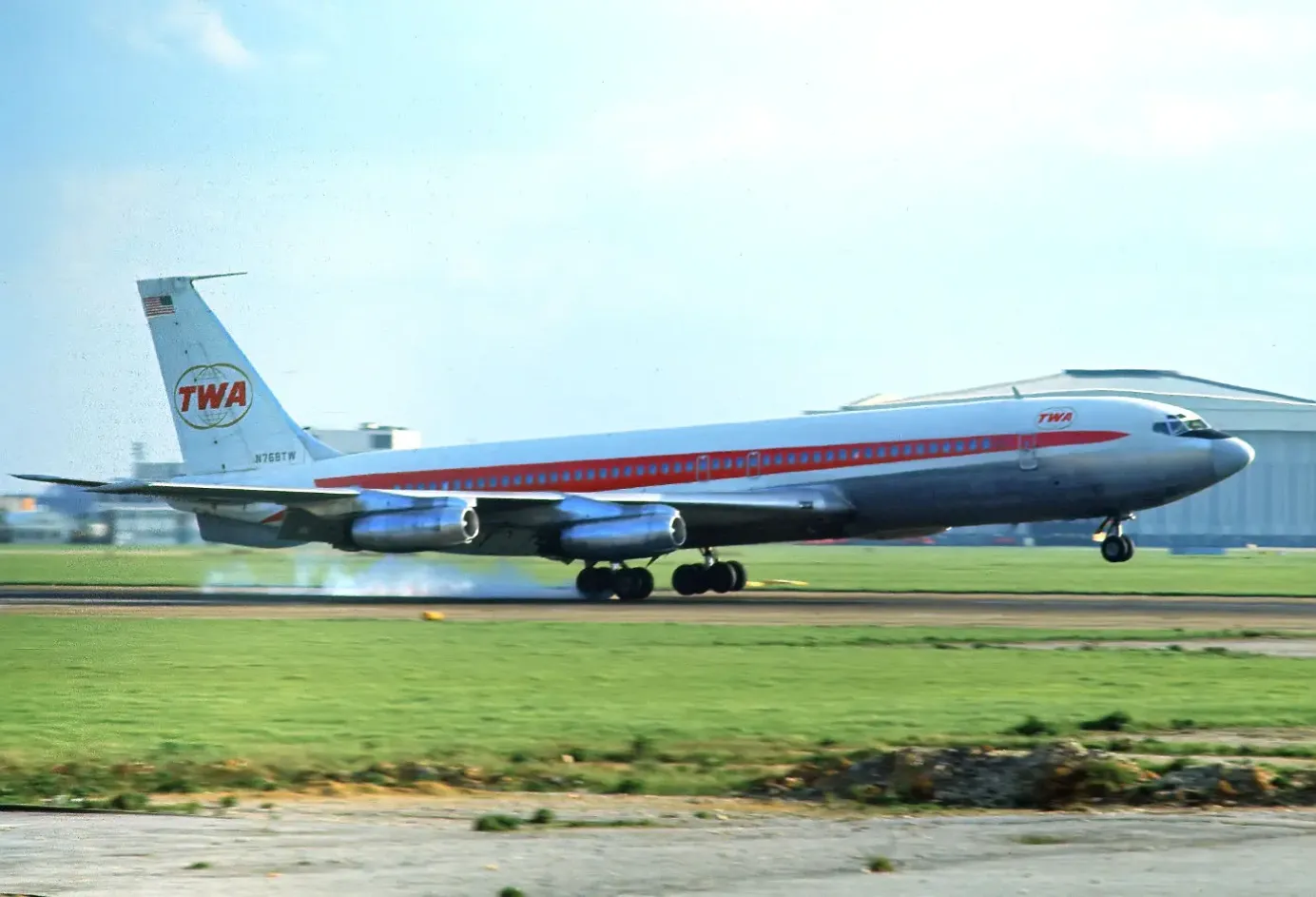
Why Cargo Planes Predominantly Fly After Dark
Cargo planes fly at night for several reasons, including reduced air traffic, cooler air temperatures, and the ability to take advantage of lower operating costs during off-peak hours.
Table of Contents
Have you ever looked up at the night sky and wondered why cargo planes seem to dominate the airspace during the late hours?
The answer lies in a combination of factors that make nighttime the optimal time for these heavy-duty aircraft to take flight.
In this post, we will explore the reasons behind why cargo planes predominantly fly after dark.
Avoiding the Busy Daytime Airspace
One significant advantage cargo planes gain by taking to the skies at night is the evasion of daytime airspace traffic jams. During daylight hours, the skies are teeming with commercial airliners ferrying passengers across the globe, creating a complex web of flight paths and schedules. This congestion can significantly slow down cargo deliveries, as navigating through or waiting for clearance in busy routes adds unnecessary time to shipments.
Nighttime flights, on the other hand, allow cargo planes to soar through much emptier skies. This not only speeds up the journey but also enhances the predictability of arrival times, which is crucial for meeting tight delivery schedules.

The clear routes available at night mean cargo flights can often take more direct paths to their destinations, further cutting down on time and fuel consumption. This strategic timing ensures cargo planes can deliver goods swiftly, taking advantage of the reduced aerial traffic to maintain a smooth flow of logistics operations around the clock.
Reduced Air Traffic Control Delays at Night
Flying under the cover of darkness offers cargo planes a significant logistical advantage when it comes to navigating the skies. With fewer aircraft in the airspace, there's a natural decrease in the volume of communication and coordination required by air traffic control.
This reduced workload for controllers means that cargo flights can often receive more immediate responses to their requests for route adjustments or altitude changes. Night operations facilitate a smoother dialogue between pilots and air traffic control, minimizing the likelihood of holding patterns or extended waiting times on the tarmac for clearance. This efficiency is crucial for maintaining the tight schedules that cargo operations are known for, ensuring that delivery deadlines are met with greater reliability.
The Economic Equation: Saving Costs Where Possible
Navigating the economic challenges of air freight operations requires a keen understanding of how to efficiently manage resources. Cargo airlines, in particular, are adept at finding cost-saving opportunities and flying at night presents several avenues to reduce expenses.

Lower operational costs at airports during nighttime hours are a significant benefit, as cargo carriers can often secure better rates for landing and handling fees. Additionally, the cooler night air can lead to more efficient engine performance, potentially reducing fuel consumption—a major expenditure for any airline. Another factor is the decreased demand for airspace and airport facilities at night, which can translate to quicker turnaround times and less idle time on the ground.
This efficiency not only saves on direct operational costs but also minimizes the wear and tear on aircraft, potentially reducing maintenance expenses over time.
Furthermore, the strategic scheduling of night flights can allow for the consolidation of cargo, leading to fuller planes and a more cost-effective use of resources. By capitalizing on these nighttime operational benefits, cargo airlines are able to better manage their expenses, contributing to a more sustainable financial model in the competitive realm of air freight logistics.
The Role of Airports in Nighttime Cargo Operations
Airports play a crucial role in facilitating nighttime cargo operations, adapting their infrastructure to meet the unique needs of this vital sector.
Many larger airports have designated areas specifically for cargo planes, separate from the bustling terminals used by passenger flights. These specialized sections are equipped with the necessary facilities for efficient loading and unloading of goods, ensuring that cargo can be transferred smoothly and swiftly from warehouses to aircraft, and vice versa, regardless of the hour.

By having these distinct zones, airports can manage flight operations more effectively, reducing the potential for interference with passenger services and enabling cargo planes to operate in a more streamlined and less congested environment. This segregation not only benefits the logistical operations but also supports the airport's ability to host a mix of activities, catering to the needs of both commercial passenger services and the critical movements of global commerce under the cover of night.
Summary
The nocturnal flight patterns of cargo planes are no mere coincidence but a meticulously planned strategy aimed at enhancing logistics operations. This choice is influenced by several key considerations, each geared towards optimizing the efficiency and reliability of air freight services.
By navigating the less crowded skies of night, cargo flights can avoid the delays and complications prevalent during daytime hours, ensuring faster and more predictable travel times. This timing also aligns with operational cost reductions, from lower airport fees to improved fuel efficiency due to cooler night air.
Moreover, the decreased demand for airspace and airport resources facilitates quicker turnarounds and less ground time, contributing to the overall cost-effectiveness of nighttime operations. Airports, with their specialized infrastructure and trained staff, further support these nocturnal endeavors by providing the necessary services for swift loading, unloading, and maintenance.
The cumulative effect of these factors is a streamlined logistics chain that operates seamlessly around the clock, catering to the demands of a global market that never sleeps.
Also read:
Planenerd Newsletter
Join the newsletter to receive the latest updates in your inbox.






